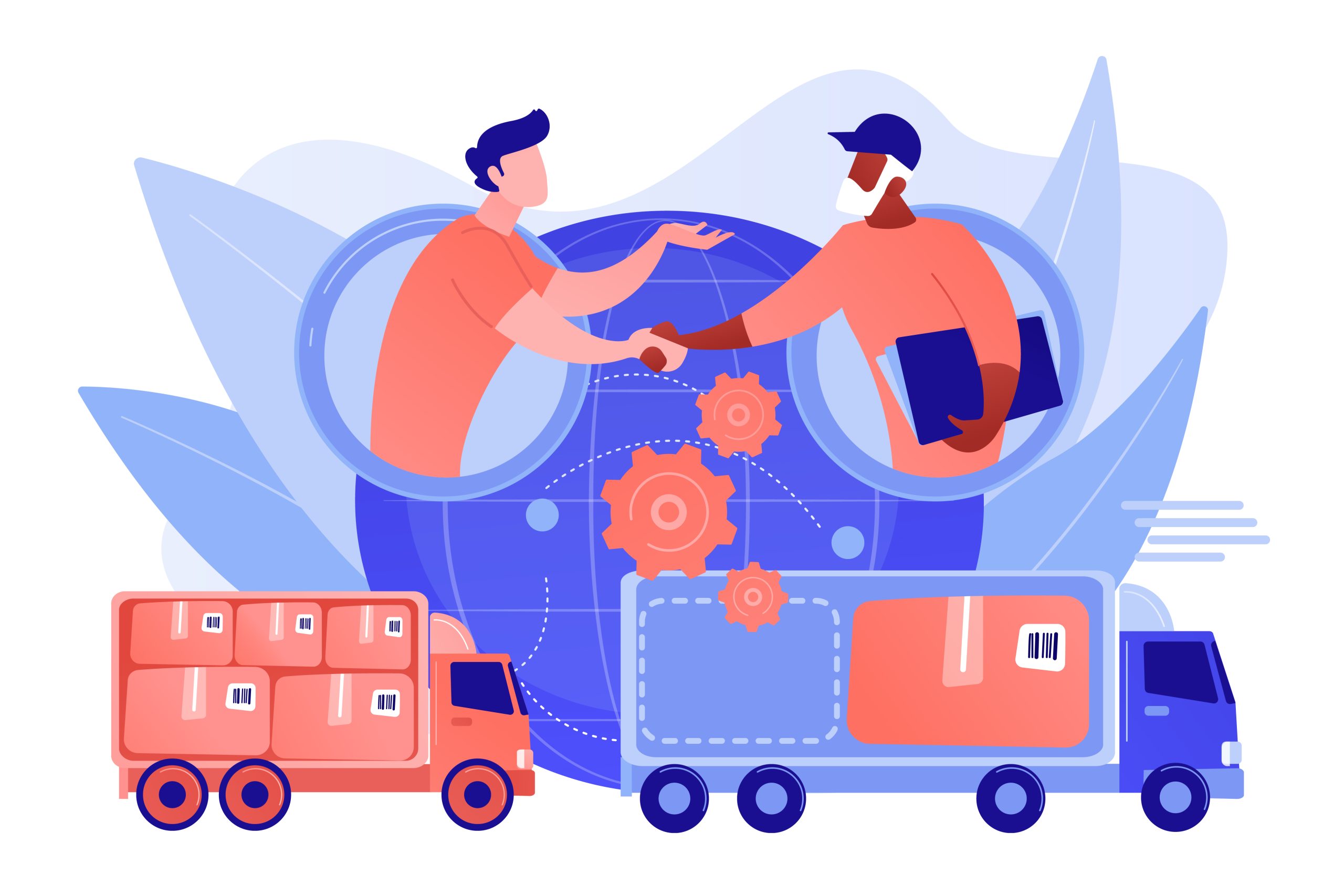The Rise of Reverse Logistics in India: What Every Business Must Know
September 15, 2025
The Rise of Reverse Logistics in India: What Every Business Must Know

In the past, supply chains were designed with one clear direction: move goods from the factory or warehouse to the customer. Today, that flow has doubled back. Returns, recalls, refurbishments, and recycling are now a significant part of how companies in India protect margins, comply with regulation, and keep customers loyal. This is the rise of reverse logistics in India—and for Indian businesses, it is no longer optional.
Why Reverse Logistics Has Become Essential
An online shopper today expects to click “return” as easily as “buy.” In categories like electronics, fashion, and footwear, return rates often climb above 20%. Without a structured process, each return becomes a loss in both cost and goodwill.
Whether it is food recalls under FSSAI regulations, e-waste and plastic disposal under Extended Producer Responsibility (EPR), or automotive recalls under government mandates, businesses are now required to document every step of their reverse supply chain.
The scale is larger than ever. For the current financial year (FY2025), the express parcel market in India is estimated to reach 10–11 billion shipments. Even if a small percentage comes back, the volume of returns is massive. A single retailer with hundreds of SKUs may find themselves dealing with thousands of fragmented return movements daily—one of the many reasons reverse logistics companies in India are becoming essential partners for modern businesses.
What Reverse Logistics Really Involves
Reverse logistics is not a single activity—it is a series of flows that need to be designed and controlled. Typical examples include:
Each instance requires careful planning, paperwork, and execution. Unlike forward logistics, returns are unpredictable and often costlier if left unmanaged.
The Indian Business Reality
Managing reverse logistics in India comes with unique challenges:
These realities make it critical for businesses to work with partners who understand both the operational detail and the compliance framework.
How CWLS Adds Value
At CWLS, we have built reverse logistics services around India’s ground realities. Our approach goes beyond simply “moving goods back.” We focus on reducing cost leakages, safeguarding compliance, and protecting brand trust.
By controlling both the movement and the paperwork, we help businesses recover value from returns, reduce write-offs, and keep customers satisfied.
Reverse logistics in India is only going to grow in importance. For some companies, it will decide whether sustainability goals are met. For others, it will determine whether margins survive in competitive categories. And for every business, it will shape customer trust.
As one of the top reverse logistics companies in India, CWLS believes that the right reverse logistics solutions are not just about saving costs—they are about creating a system where every return is accounted for, every compliance obligation is met, and every customer touchpoint reinforces trust.
The businesses that embrace this now will find that reverse logistics is not a burden but a value engine. With CWLS, you gain a partner committed to turning that challenge into advantage.